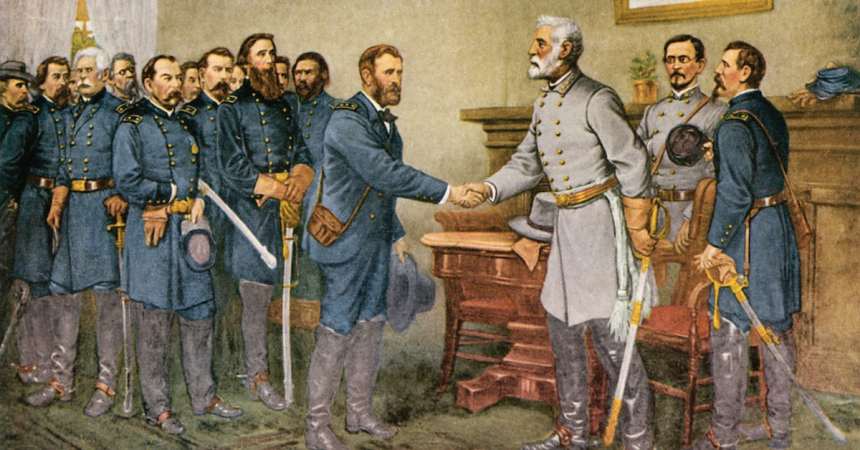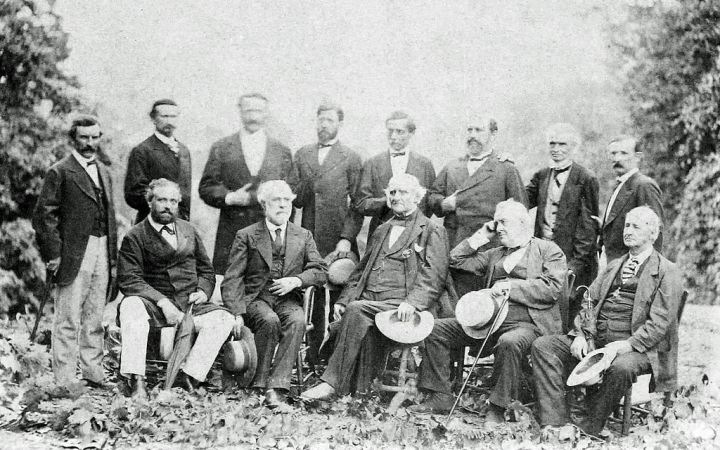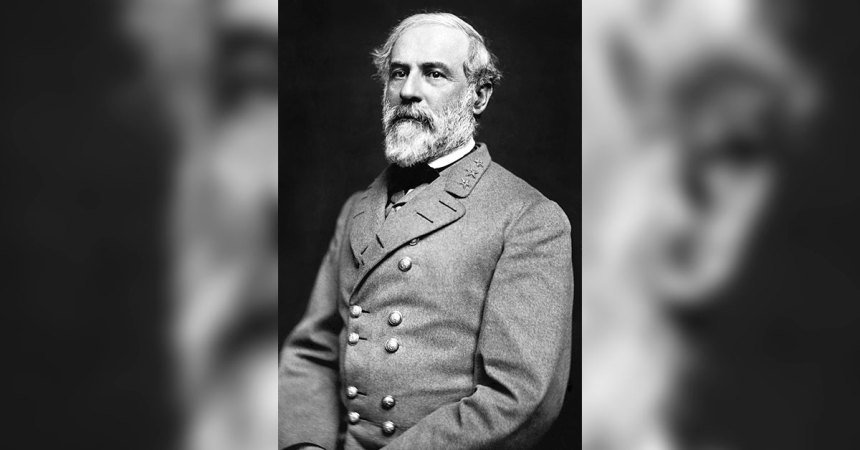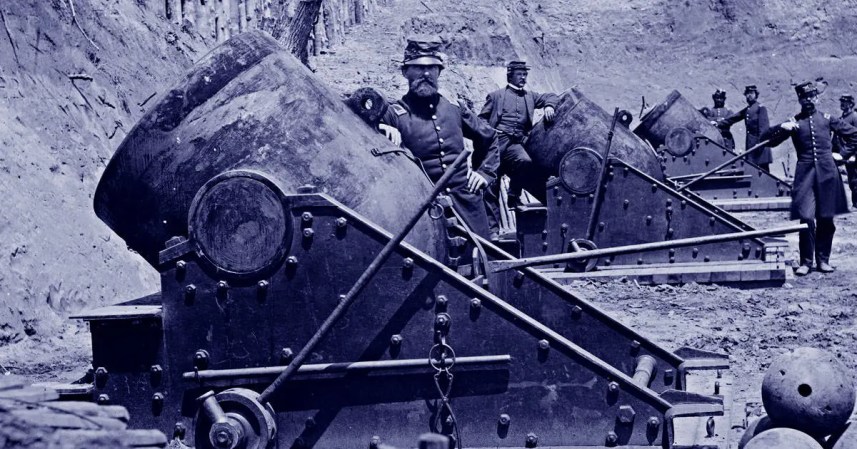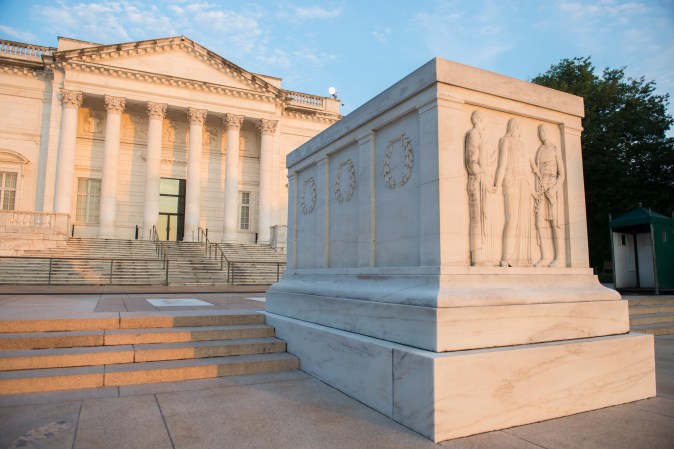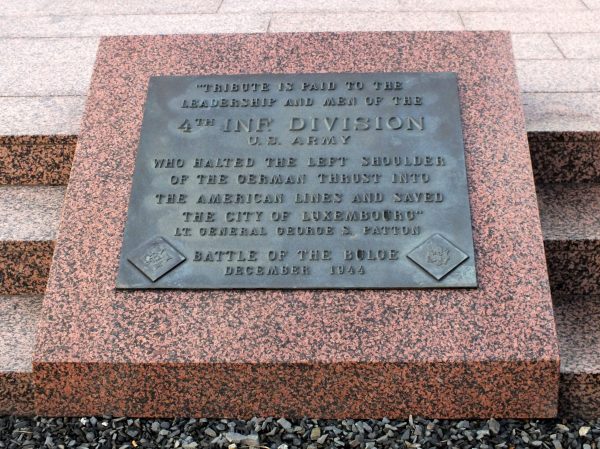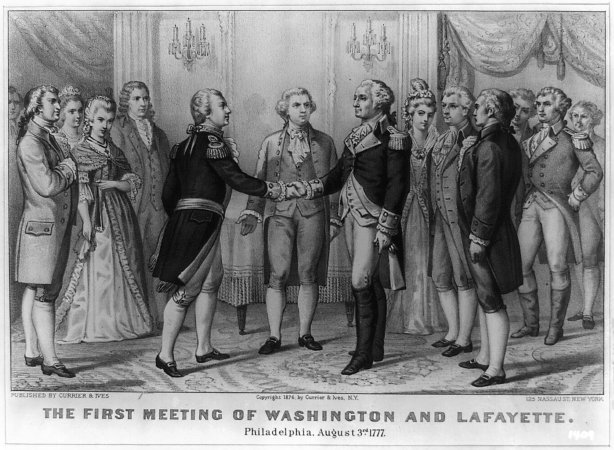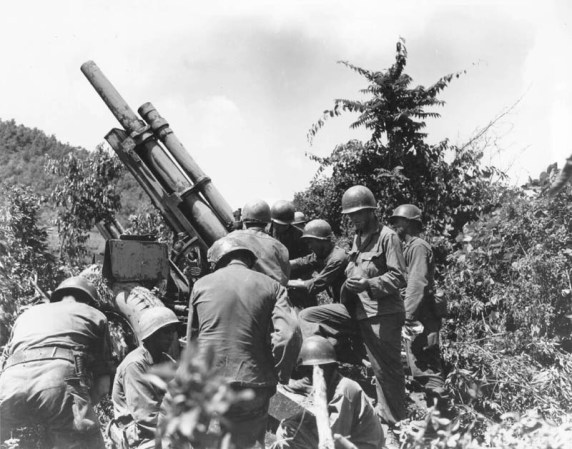Before the Civil War, Robert E. Lee’s mansion was part of a Virginia estate on the Potomac River, across from the nation’s capital. It was land his wife inherited from her father. At 1,100 acres, it was an idyllic area to raise George Washington’s adopted great-grandchildren (his father-in-law, was George Washington Park Custis, the adopted son of the first Commander-in-Chief and our nation’s first First Lady).
They must have been really upset when the Union Army came by in May of 1861 and seized it from them.

Also Read: The Civil War started and ended at the same guy’s house
The previous month, South Carolinian contingents of the Confederate Army fired on Fort Sumter in Charleston Harbor. The Civil War had begun. President Lincoln called up the U.S. Army, who came to the capital and took control of the Arlington side of the Potomac. The area was a prime position for Union Artillery.
In April 1861, Lee was appointed commander-in-chief of Virginia’s military forces. Though the state had not yet seceded, it was widely expected to do so. When Virginia left the Union, Lee was appointed to a Brigadier General’s rank in the Confederate Army in May 1861. That’s when the U.S. government took his land and home. Lee was with his army in nearby Manassas when the U.S. Army came knocking on May 24th.
Though the war started well for Lee and Virginia, it didn’t end well. After his defeat at Gettysburg, the Army of Northern Virginia would never recover and Lee would be forced to surrender at Appomattox Court House in 1865. In the meantime, the land was used by Lee’s (and other) former slaves to grow food to feed the Union Army.

Related: Robert E. Lee may have lost Gettysburg because of a heart attack
After the war, the Lee family decided to try to get their land and home back through a series of legal battles. The main sticking point? Lee’s unpaid tax bill. The U.S. government charged the Lees $92.07 in taxes on their land ($2,130.52 in today’s dollars). Mary, Lee’s wife sent her cousin to pay the bill, but the U.S. would only accept the payment from Lee herself. When she didn’t show, they put the property up for sale.

Now that the land was delinquent on its taxes the government could purchase it, which it did. For $26,800, the equivalent of just over $620,156 today. Except in 2017, 1100 acres of Arlington, Va. is worth millions. But in 2017, that specific 1100 acres is actually priceless, because it’s now called Arlington National Cemetery. It’s where the United States inters its honored war heroes.

The U.S. long ago turned it into a cemetery for those troops lost in the Civil War. Union troops were buried there beginning in 1864, partly to relieve the overflowing Union hospitals and partly to keep the Lee family from ever returning. As late as 1870, the year Gen. Lee died, Mary Lee petitioned Congress to get her home back and remove the dead. The petition failed and Mary Lee died in 1873.
Her son, however, sued the government, claiming its 1864 tax auction was unconstitutional. The Supreme Court agreed and ordered the government to either remove the bodies from the cemetery or pay the Lee estate a fair market price for the land. The government paid $150,000 for the now-priceless land.





